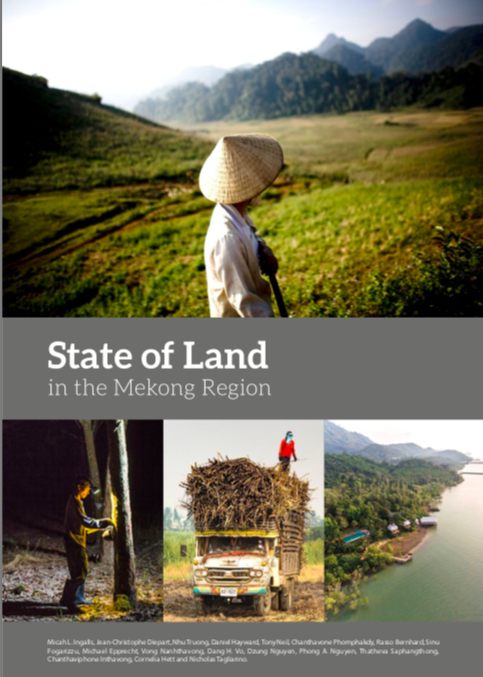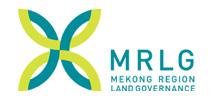Resource information
The Mekong region has undergone rapid socio-economic growth over the past two decades alongside pronounced transformations in a number of key sectors and relations between the rural majority and increasingly-affluent urban centres. Land—as both a foundation for national development and the livelihood basis for millions of rural and agricultural households—continues to play a central role in the Mekong region. In all five countries of the Mekong region—Cambodia, Lao PDR, Myanmar, Thailand and Vietnam—smallholder farmers have occupied a central role in the development of the agricultural sector and, through it, food security and economic growth. However, rural communities are being increasingly swept up into regional and global processes against which they are poorly-positioned to compete. Often, they are undermined by national policies that fail to ensure their rights or enable them to benefit.
In a region in rapid transition, understanding the changing role and contribution of land to development is critical to inform policy, planning and practices towards a sustainable future. The State of Land in the Mekong Region aims to contribute to this much needed conversation between all stakeholders by bringing together key data and information to identify and describe important issues and processes revolving around land, providing a basis for constructive dialogue and collaborative decision-making. The State of Land in the Mekong Region report is structured around five domains: (1) the land-dependent people of the Mekong, including dynamics of rurality, agricultural employment and the on-going structural processes of demographic and agrarian transitions; (2) the land resource base upon which this population depends, including land use and land cover, agricultural conditions and change, and its natural capital; (3) the ways in which this land resource base is distributed across society, including smallholdings, large-scale land investments and other designations; (4) land tenure security, which depends on how the land rights are recognized and formalized, and; (5) the conditions of governance and land administration that shape access to and control over land resources, issues of transparency, equity, the rule-of-law and access to justice. The State of Land in the Mekong Region is framed by a number of key indicators within each of these domains and presents them on two levels: At the regional-level, it presents a comparative analysis of key conditions and patterns between the Mekong countries and an examination of transboundary process that shape and define land issues, including especially regional trade and investment flows in the land and agricultural sectors. At the country-level, data and information on key indicators are disaggregated and examined to identify country-specific conditions and trajectories of change.
Given the critical role that data and information play in the identification of key issues, their accurate characterization, and the structuring of decisions and policies to address these, the State of Land also provides a critical analysis of the data and information—what is available in the public domain, what is not, and why these matter—with a view toward constructively identifying ways to improve the production, management and sharing of data and information.




